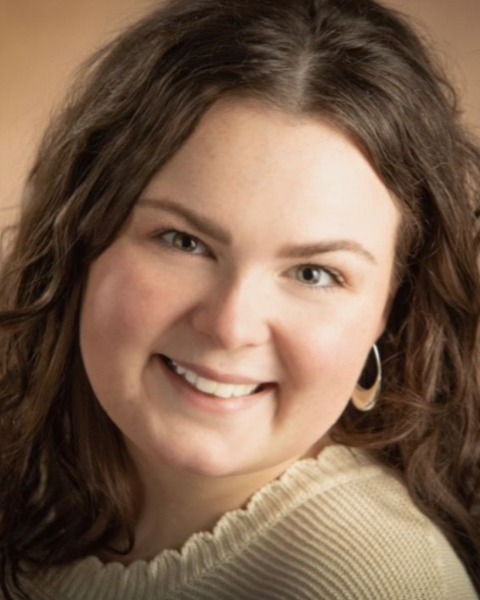Hearing Loss Prevention (HLP)
PP702 - Longitudinal Effect of Music Exposure on Hearing Among Vocal Performance Students

Rachel L. Lowrance
AuD Candidate
University of Illinois at Urbana-Champaign (UIUC)
University of Illinois at Urbana-Champaign
Champaign, IllinoisDisclosure(s): No financial or nonfinancial relationships to disclose.
- DB
Dr. Pasquale Bottalico, PhD
Associate Professor
University of Illinois at Urbana-Champaign (UIUC)Disclosure(s): No financial or nonfinancial relationships to disclose.
- yR
yvonne Redman
Associate Professor
University of Illinois at Urbana-ChampaignDisclosure(s): No financial or nonfinancial relationships to disclose.
- DH
Dr. Fatima Husain, PhD
Associate Professor
University of Illinois at Urbana-Champaign (UIUC)Disclosure(s): No financial or nonfinancial relationships to disclose.
- DF
Dr. Mary Flaherty, PhD
Assistant Professor
University of Illinois at Urbana-ChampaignDisclosure(s): No financial or nonfinancial relationships to disclose.
Lead Presenter(s)
Contributor (Not Presenting)(s)
This study’s primary objective was to examine how long-term exposure to music and regular singing practice might impact the auditory health of vocal performers. The overarching aim was to evaluate the hearing status and noise doses of twelve university vocal performance students over the course of two years, spanning four semesters. Data collection encompassed the administration of questionnaires, a hearing evaluation, and noise dosimetry conducted on the students’ most vocally demanding day of the week once per semester.
Summary:
Rationale/Purpose
Currently, research examining the long-term effects of music exposure on vocal performers is limited. This study aimed to assess the impact that music and singing practice may have on one’s auditory system over time. The goal of this study was to evaluate the hearing status and noise doses of university vocal performance students over the span of two years, four semesters.
Methods
Participants include twelve University of Illinois vocal performance students with normal hearing. Data collection consisted of pre-evaluation questionnaires, a hearing evaluation (which consisted of otoscopy, pure-tone air-conduction, and bone-conduction), and noise dosimetry on the students’ most vocally active day during the week, once per semester.
Results & Conclusions
The questionnaires revealed that most of the participants take part in at least one additional music-making activity outside of their curriculum (e.g., voice instructor, choral instructor, church choir, and a cappella groups). Otologic history of the participants varied. The American Academy of Audiology (AAA) Hearing Health Quick Test indicated that five participants ‘might have a hearing problem’ and five of the participants ‘should have their hearing checked.’ Changes in hearing and significant noise exposure outside of musical activities were documented throughout the semesters.
Hearing assessments in the Fall of 2021 and Spring of 2022 revealed that eleven of the participants’ thresholds were all within the normal range, and one participant had at least one threshold outside the normal range. Noise measurements in the Fall of 2021 and Spring of 2022 revealed that eight participants were exposed to noise levels higher than the National Institute for Occupational Safety and Health (NIOSH) criterion exposure limit of 85 dBA, putting them at risk for developing NIHL.
Hearing assessments in the Fall of 2022 and Spring of 2023 revealed that ten of the participants’ thresholds were all within the normal range, and two of the participants had at least one threshold outside of the normal range. Noise measurements in the Fall of 2022 revealed that ten participants were exposed to noise levels higher than the NIOSH criterion exposure limit. Due to data retrieval issues, noise measurements were not obtained from three of the twelve participants during the Spring 2023 semester. Noise measurements completed on the data obtained from the nine remaining participants revealed that six participants were exposed to noise levels higher than the NIOSH criterion exposure limit.
Learning Objectives:
- Analyze the long-term impact of music exposure on vocal performers' auditory system.
- Quantify noise exposure among university vocal performance students over time.
- Formulate strategies for hearing protection/conservation for vocal performers.
